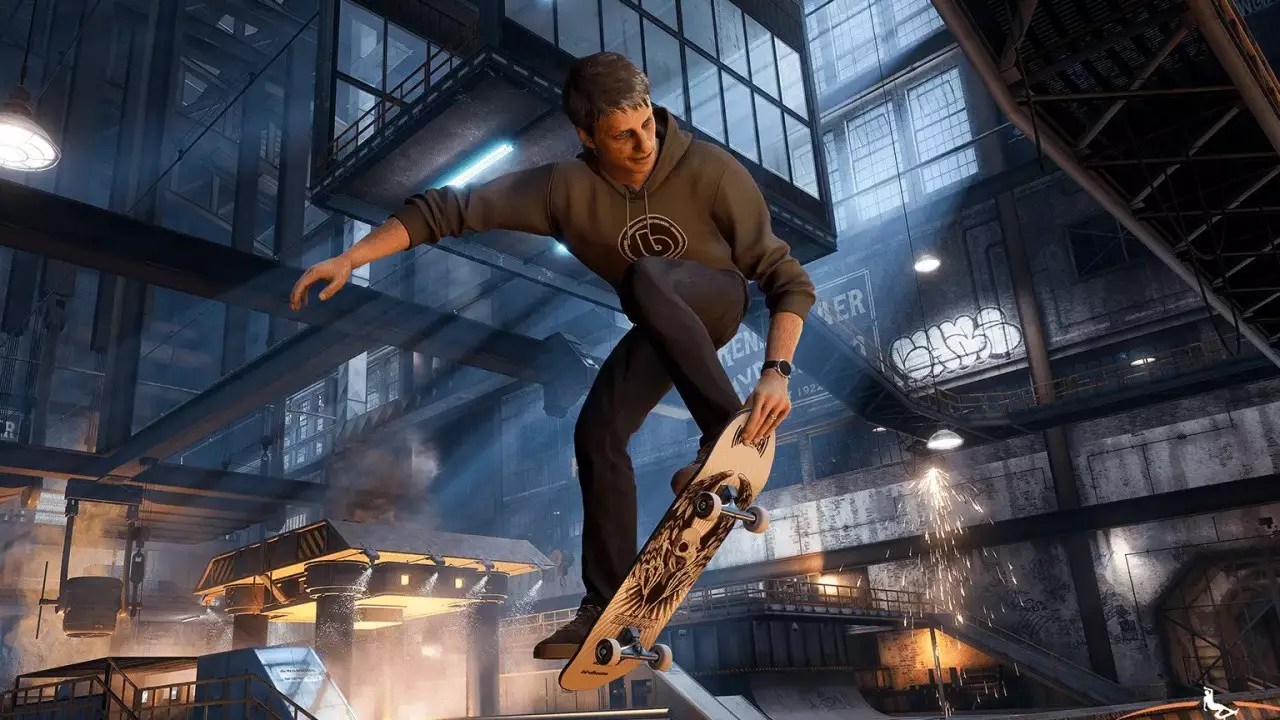The recent re-release of Tony Hawk’s Pro Skater 3 + 4 ignites both excitement and skepticism among fans and newcomers alike. This classic series, revered for its tight gameplay and cultural impact, has been given a modern twist that invites a fresh perspective on legendary skateboarding titles. As a lifelong admirer of the series, I approach this remake with cautious optimism. On the surface, it’s a loving homage—an opportunity to revisit some of the most beloved levels and mechanics in the franchise. Yet, beneath that nostalgia lies a series of design choices and changes that threaten to dilute what made these games exceptional.
This reimagining ambitiously attempts to bridge the past with the present by remaking two games simultaneously, aiming to deepen engagement while preserving core gameplay. But not all updates strike the right chord. The decision to overhaul the Career mode and modify core gameplay elements, especially in THPS4, seems motivated more by modern trends than by a genuine desire to enhance player experience. Instead of refining what worked, some alterations feel unnecessary or even disruptive. The core question becomes: does this remake respect the original’s legacy, or does it stumble under the weight of modernization efforts?
Gameplay: A Strong Foundation with Jeopardized Integrity
At the heart of the series’ enduring appeal is its precise and fluid skateboarding mechanics. The remake remains faithful to this core, delivering the effortless tricks, smooth landings, and creative level design that made the originals landmarks of the genre. Reviews consistently praise the handling of the skating physics—making it accessible for newcomers yet deep enough for veterans to master. This is the game’s undeniable strength; it captures the essence of what made THPS iconic.
However, the devil is in the details. Certain changes—like tying THPS4 more closely to the classic time-based challenges—appear to be steps backward. Fans cherished the varied objectives and soundtrack choices of the originals, which felt integral to their identity. Removing 80% of the original soundtracks, for instance, strikes a blow to the nostalgic experience, undermining the cultural fabric that made the series timeless. It begs the question: how much revision is too much? Are these choices driven by logistical constraints or a lack of respect for what made these games special?
Design Decisions: Innovation or Alienation?
What truly divides opinion is the strategic direction of the re-release’s design changes. Some critics note that the alterations to the game’s structure—particularly in the career progression and levels—cause a disconnect from the original gameplay flow. While modernization often aims to increase accessibility and polish, it risks alienating longtime fans who view these elements as sacrosanct. The removal or reworking of certain iconic levels, like Alcatraz or the Foundry, along with new environments such as a pinball-themed park, showcase a desire to diversify but may upset the familiar rhythm players sought.
Furthermore, the game introduces multiple modes, offering variety but also fragmenting the experience. For casual players, this is a boon, but for purists, it might feel like pandering or dilution. The question that remains: is this a genuine effort to broaden the appeal or a compromise of the core gameplay experience? From my perspective, the answer teeters somewhere in the middle. Innovation is vital, but not at the expense of authenticity.
Critical Perspective: The Good, The Bad, and The Necessary
Looking at this remake critically, I appreciate the undeniable passion that has been poured into resurrecting this franchise. The fundamental gameplay still shines, and the opportunities for both old fans and newcomers to enjoy the thrill of skateboarding are vast. Nevertheless, the compromises—particularly in soundtrack choices and structural changes—highlight a tendency to prioritize superficial updates at the cost of depth and legacy.
The reviews, while optimistic, hint at a deeper uncomfortable truth: remakes are a balancing act. They can either honor the original masterpiece or transform it into a watered-down version that caters to fleeting trends. In this case, I believe the game walks a fine line. It’s undeniably fun and well-crafted, but the risk of eroding the authentic spirit of the originals is palpable. Ultimately, the true test will be how the community receives it—whether it sparks renewed love for the franchise or sparks controversy over what has been lost in translation.
This re-release is more than just a game—it’s a statement about how modern gaming views nostalgia, innovation, and respect for history. Its success hinges on whether it can find harmony between these competing priorities and truly elevate the legacy of Tony Hawk’s skateboarding universe.


Leave a Reply